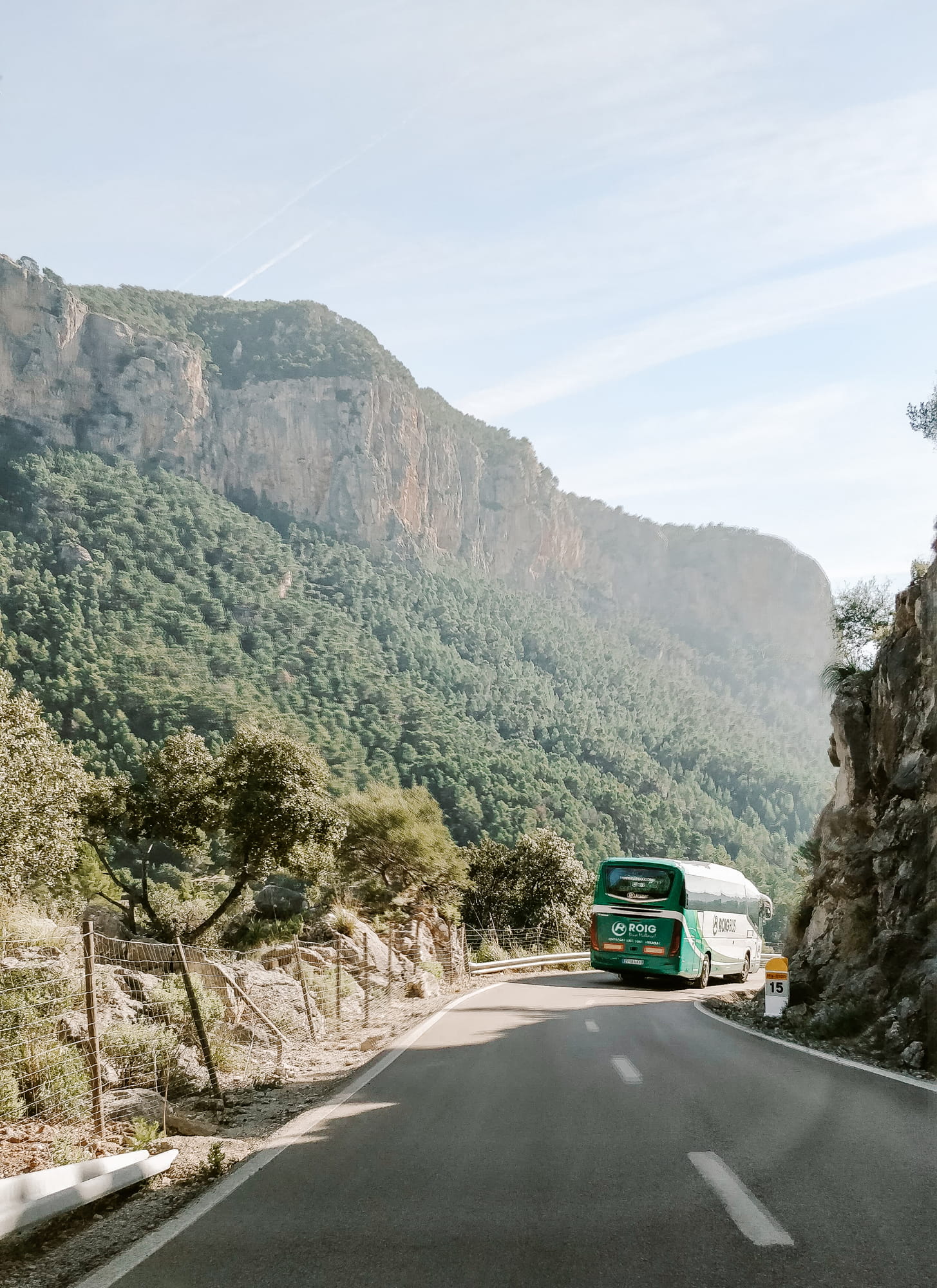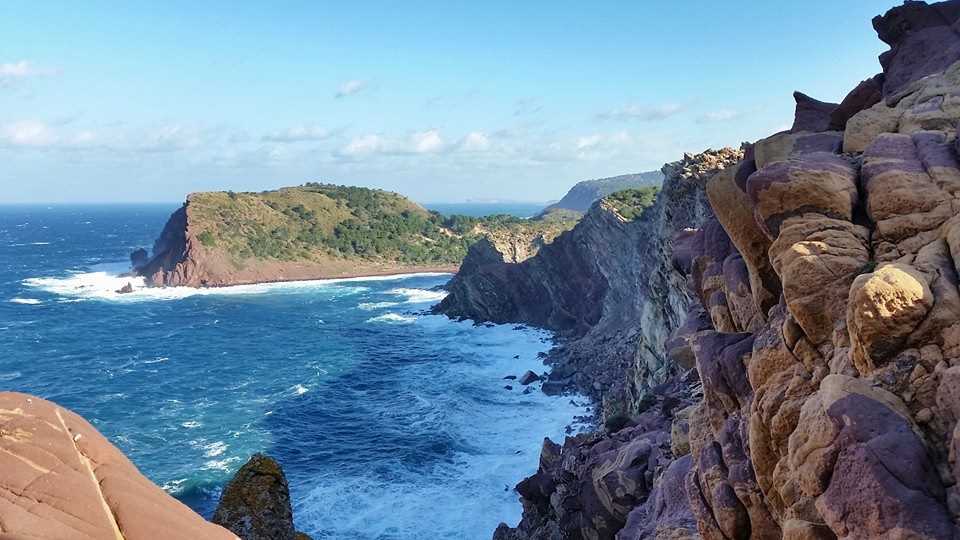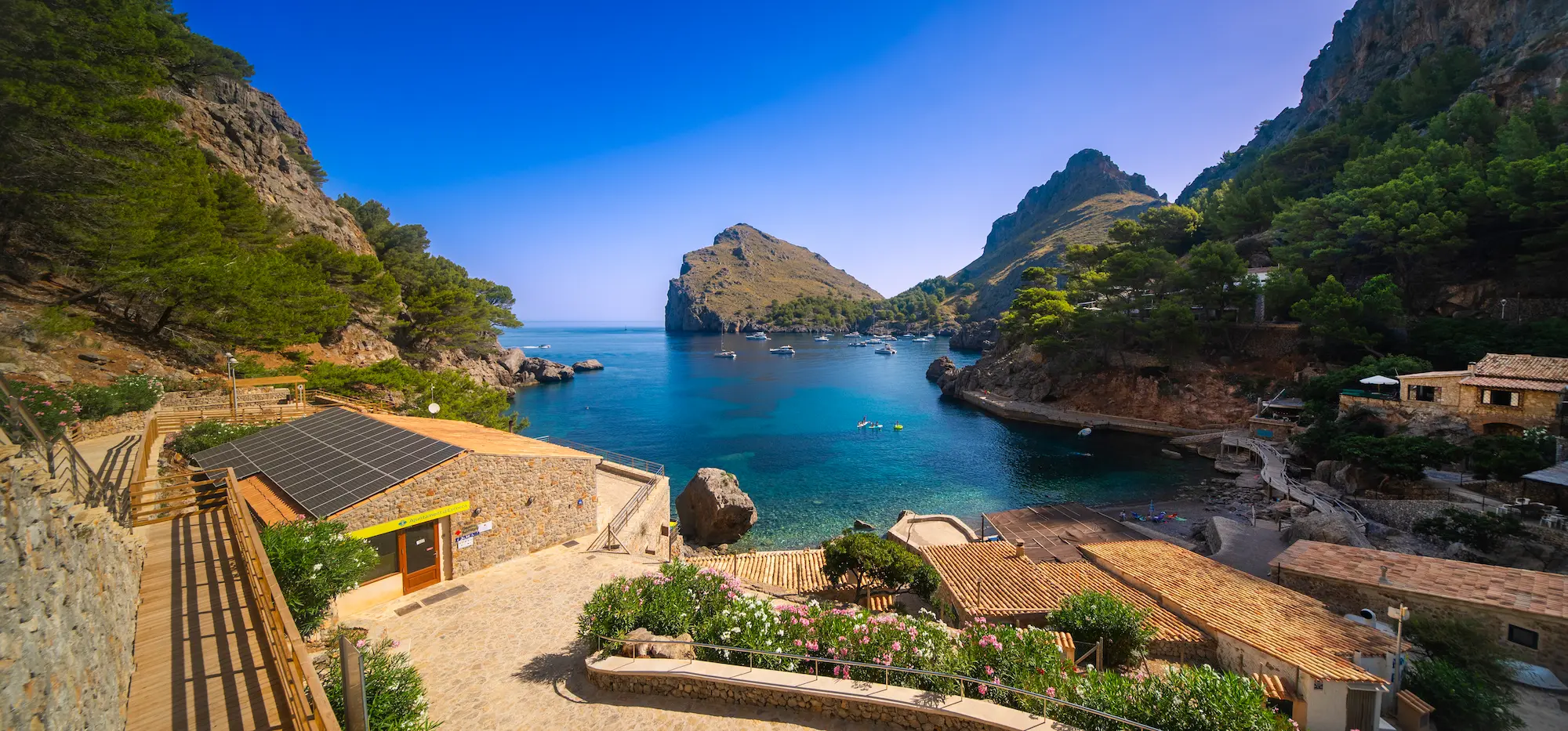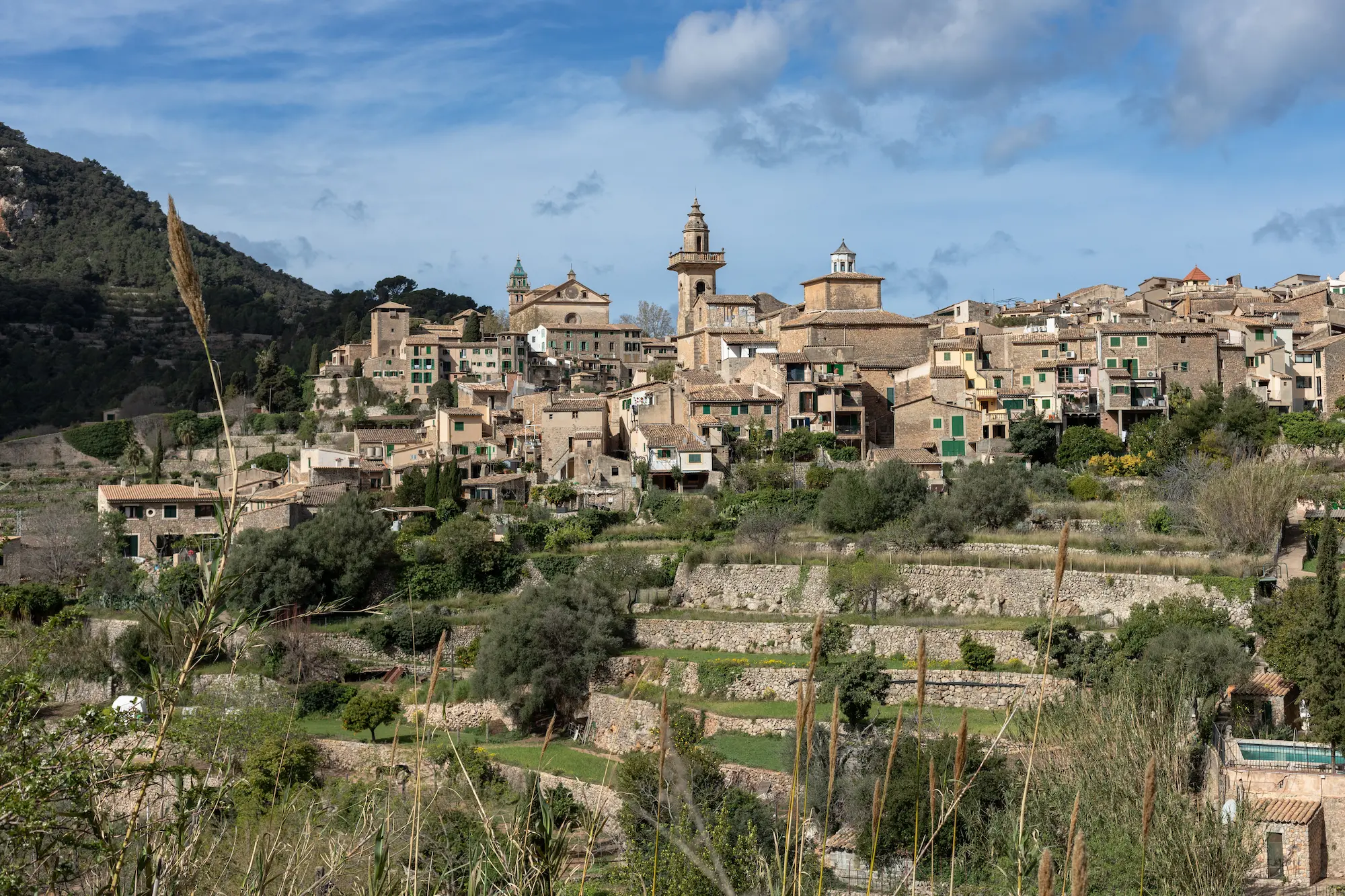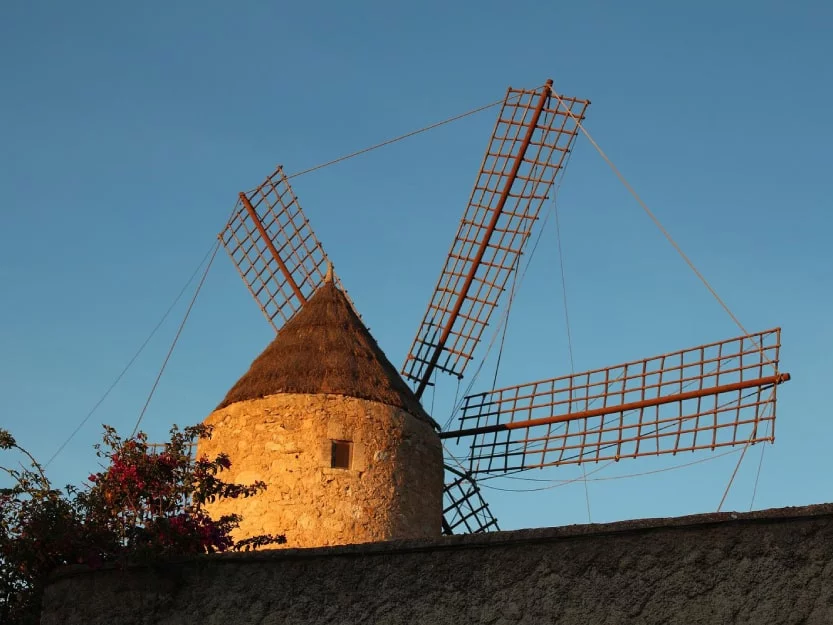The dance of Els Cossiers is one of Mallorca’s oldest cultural traditions, dating all the way back to the Middle Ages.
While the exact origins have faded over time, it’s thought to have begun as a pagan ritual connected to fertility and protecting the harvest. As the centuries passed, the dance evolved, weaving in Christian influences and religious festivals, yet it has always stayed true to its ancient roots.
At ROIG, we want to share this special part of Mallorcan heritage with you, so when you visit, you’ll have a deeper connection to our culture and history. And if you’re planning to explore the island, our car rental service in Mallorca is here to help you enjoy your trip at your own pace.
Origin and meaning of the dance of Els Cossiers: A Tradition with centuries of history
The dance of Els Cossiers has its origins in ancient pagan rituals. Historical records show that it was originally performed to ward off evil spirits and ensure a successful harvest.
The cossiers themselves represent protective spirits, and through their vibrant movements and colorful attire, they invoke divine protection. They perform their dance around a central figure known as the Dama, who symbolizes the purity and fertility of the earth. The choreography of the cossiers mixes pagan symbols with elements of Catholic festivals, creating a unique blend of spiritual and cultural traditions.
One of the most captivating aspects of Els Cossiers is its depiction of the eternal struggle between good and evil. This is played out through the character of the Dimoni, or Demon, who attempts to disrupt the dance. However, the cossiers always prevail, representing the triumph of good over evil.
Today, Els Cossiers has become a proud symbol of Mallorca’s cultural identity. Though the tradition nearly vanished at certain points in history, a revival in the 20th century sparked renewed interest in local folklore, allowing this vibrant dance to flourish once again in towns such as Algaida, Montuïri, and Manacor.
Each year, during major festivals, the cossiers take to the streets, bringing them to life with colour, music, and deep-rooted tradition.


The characters and their roles in the dance: The Dama, the Dimoni, and the Cossiers
The dance of Els Cossiers is performed by three main characters: The Dama, the Dimoni, and the Cossiers. Each plays a specific role in this choreography. Here’s a breakdown:
The Dama
The Dama is the central figure in the dance of Els Cossiers. Traditionally portrayed by a man dressed as a woman, today, the role is typically played by a woman. The Dama symbolises purity, and fertility, and acts as the protector in the dance. Representing Mother Earth, she embodies abundance, renewal, and hope for prosperous harvests. During the performance, she often carries a bouquet of flowers, further symbolising nature and the cycle of life. The cossiers dance around her, forming a protective circle as they shield her from the disruptive force of the Dimoni.
The Dimoni
The Dimoni, or demon, is the antagonist in the Dance of Els Cossiers, symbolising chaos and the forces of evil. His role is to disrupt the harmony of the dance by creating disorder and trying to interfere with the graceful movements of the Cossiers and the Dama. Wearing a grotesque mask and making exaggerated, mocking gestures, the Dimoni embodies the malevolent figure that must be overcome. Throughout the performance, the Dimoni clashes with the Cossiers, who skillfully ward him off with their dance. This confrontation is a highlight of the ritual, representing the eternal battle between good and evil.
The Cossiers
The Cossiers are the real protagonists of the dance, a group of six or seven men who serve as the guardians of the Dama and the defenders of good. Dressed in vibrant outfits and wearing hats adorned with ribbons and flowers, their energetic movements bring the dance to life. Each Cossier wields a different object, such as swords or sticks, which vary depending on the town, and these tools are used to protect the Dama. Through their rhythmic, powerful dance, the Cossiers form a protective circle around her, keeping the Dimoni at bay and upholding the forces of good.
Festivals and towns where you can experience Els Cossiers in Mallorca
The dance of Els Cossiers remains alive and thriving in several Mallorcan towns, where it is performed during the main or patronal festivals. Here are a few towns where you can experience this captivating tradition:
- Algaida: A small town in the heart of Mallorca, Algaida is one of the places where the dance of Els Cossiers holds the most significance. Here, the cossiers perform in honour of Sant Honorat on January 16th, during the traditional Festes de Sant Antoni celebrations. The vibrant dance is also featured again in July, during the Festes de Sant Jaume, making Algaida a key destination to witness this historic and colourful tradition.
- Montuïri: In Montuïri, the dance of Els Cossiers is performed during the Festes de Sant Bartomeu at the end of August. Each year, the cossiers bring their lively dance to the town’s main square and streets, always under the watchful protection of the Dama and confronting the Dimoni, as they reenact the timeless battle between good and evil.
- Manacor: In Manacor, the dance of Els Cossiers is part of the festivities in honour of Sant Domingo, which take place in May. This group of cossiers is more recent compared to those of other towns.
- Inca: Inca also celebrates the dance of Els Cossiers during the Festes de Sant Abdon i Sant Senén in July. During this festival, the cossiers take to the streets, paying tribute to the town’s patron saints with their traditional performances.
If you’d like to experience this unique Mallorcan tradition firsthand, our car rental service in Mallorca is the perfect way to explore the island at your own pace. For added convenience, you can also opt for our taxi service or chauffeur-driven cars, ensuring a smooth and enjoyable journey.
Preservation of Els Cossiers: How this tradition is kept alive today
The preservation of Els Cossiers has been passed down through generations, keeping the tradition alive. Local institutions play a key role in supporting this cultural heritage by organising events and funding activities, while recovery programs have been introduced in some towns to help revitalise the dance.
In adapting to modern times, women now often take on the role of the Dama, and the dance is taught in schools and cultural centres. It is further promoted through various publications and documentaries, ensuring its continued place in Mallorcan culture.
At ROIG, we invite you to explore this rich tradition for yourself and enjoy all that Mallorca has to offer. Visit our website to find the best car rental deals in Mallorca and make the most of your trip!






